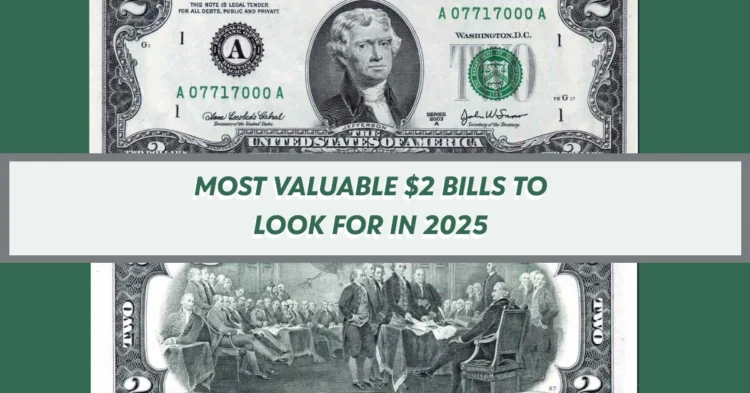Canada’s Express Entry system has long stood as a beacon for skilled workers around the globe—offering a fast-track, points-based pathway to permanent residency in one of the most inclusive and opportunity-rich countries in the world. Through biweekly draws (most of the time), high-ranking candidates receive Invitations to Apply (ITAs), opening the door to a new Continue reading
Videotron Sues Rogers for $91 Million Over Alleged Breach in Freedom Mobile Agreement
A corporate clash has erupted between two Canadian telecom giants, as Quebecor Inc.’s subsidiary Videotron has launched a $91-million lawsuit against Rogers Communications Inc., alleging a breach of contract tied to the sale of Freedom Mobile two years ago. In legal documents filed with the Ontario Superior Court of Justice last week, Videotron is demanding Continue reading
Wells Fargo (WFC) Tops Expectations with Strong Q1 Earnings
Wells Fargo & Company (NYSE: WFC), the U.S. banking heavyweight and the nation’s largest mortgage lender, has once again edged past Wall Street expectations with its Q1 2025 earnings results. However, a dip in revenue and broader market underperformance leaves investors wondering: What’s next for this financial giant? 📊 Earnings Beat—But Only Slightly For the Continue reading
GM Pauses EV Van Production in Ontario Amid Shifting Market Demand
In a move that underscores the volatility of the electric vehicle (EV) transition, General Motors (GM) has announced a temporary production halt at its CAMI Assembly plant in Ontario, Canada. The plant, which manufactures BrightDrop electric commercial vans, is facing a slowdown in demand, leading to layoffs and a strategic production pause. 📉 Sluggish EV Continue reading
Fact Check Is the $800 Stimulus Payment Real in April 2025?
When the COVID-19 pandemic hit, millions of American families found themselves in sudden financial distress. Jobs disappeared overnight, businesses shuttered, and households across the country were left wondering how to make ends meet. At that critical moment, federal stimulus checks emerged as a lifeline—injecting much-needed cash into the hands of low-income families and jumpstarting local Continue reading
Major Drugstore Chain to Shutter 7 Locations See Which Stores Are Closing
Over the last five years, the retail world has undergone a seismic shift—one marked by closures, pivots, and a complete rethinking of how we shop. What started as a temporary disruption in early 2020 has evolved into a long-term transformation. And few sectors have felt the aftershocks as deeply as the drugstore and pharmacy industry. Continue reading
Hyundai Recalls Vehicles Over Faulty Left-Foot Braking Feature
A recent safety concern has prompted Hyundai Motor Company to issue an urgent recall for a select number of its vehicles, including the high-performance Ioniq 5 N model. The issue stems from a faulty left-foot braking system, which, after a recent software update, has been linked to unintended vehicle acceleration — posing serious safety risks Continue reading
Canada Pension Increase 2025: What Retirees Need to Know About the 2.6% CPP Adjustment and How It Impacts You
With the cost of groceries straining over 51% of Canadian households and rent rising nearly 9% year over year, the Canada Pension Increase 2025 comes as a welcome relief to many retirees. But the question remains: Will a 2.6% bump in your Canada Pension Plan (CPP) benefits be enough to keep up with inflation and Continue reading
Hidden Wealth in Your Wallet: The Most Valuable $2 Bills to Look for in 2025
The humble $2 bill, often seen as a novelty or collector’s item, is experiencing a major resurgence in 2025. Once overlooked, certain editions of this unique denomination are now being sold for hundreds—or even thousands—of dollars. Whether you’re a serious collector or just curious about what’s in your wallet, here’s everything you need to know Continue reading
Say Goodbye to Tax Season Confidence: TurboTax Glitch Leaves Canadians with Thousands Owed to CRA and Unexpected Audit Fines
For countless Canadians, filing taxes is already a stressful annual obligation. But for many users of TurboTax, the popular tax preparation software, the 2025 tax season turned into a financial nightmare. Due to a critical glitch labeled Error 90308, users are now reporting unexpected audits, thousands of dollars owed to the Canada Revenue Agency (CRA), Continue reading










